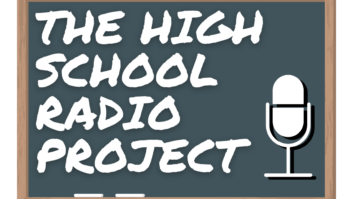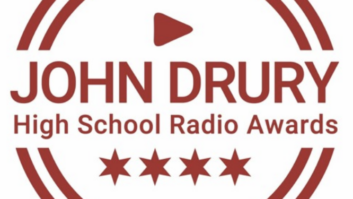Americans like high-speed Internet access. High-speed connections to the Internet increased 18% during the first half of 2003 for a total of 23.5 million lines in service. That compares to a 23% increase, from 16.2 million to 19.9 million lines, during the second half of 2002 – so says the latest report out from the commission. The agency uses the information to evaluate the deployment of advanced telecommunications capability.
For reporting purposes, high-speed lines are defined as those that provide services at speeds exceeding 200 kbps in at least one direction, while advanced services lines are those that provide services at speeds exceeding 200 kbps in both directions. Just-released statistics reflect data as of June 30.
For the full twelve month period ending June 30, high-speed lines increased by 45%. Of the 23.5 million high-speed lines in service, 20.6 million served residential and small business subscribers, a 19% increase from the 17.4 million residential and small business high-speed lines reported six months earlier. For the full twelve month period ending June 30, high-speed lines for residential and small business subscribers increased by 48%.
For advanced services lines, of the 23.5 million high-speed lines, 16.3 million provided
advanced services, i.e., services at speeds exceeding 200 kbps in both directions. Advanced services lines increased 32% during the first half of 2003, from 12.4 million to 16.3 million lines. For the full twelve-month period ending June 30, 2003, advanced services lines of all technology types increased by 56%.
The report can also be downloaded from the FCC-State Link Internet site at www.fcc.gov/wcb/stats.
High-Speed Connections Rise 18% During First Half of 2003
High-Speed Connections Rise 18% During First Half of 2003












